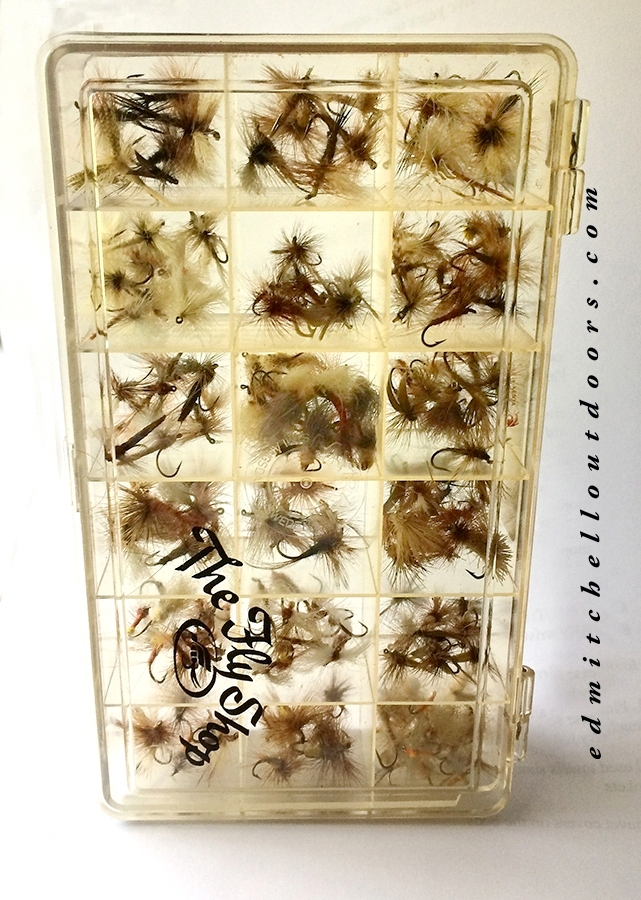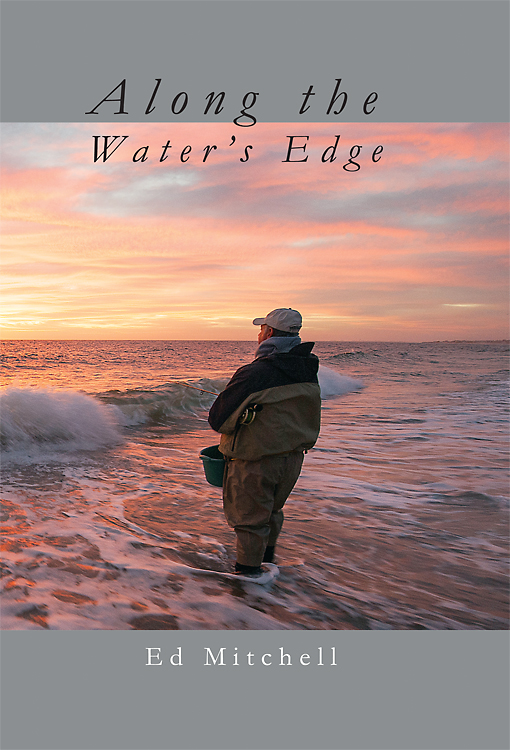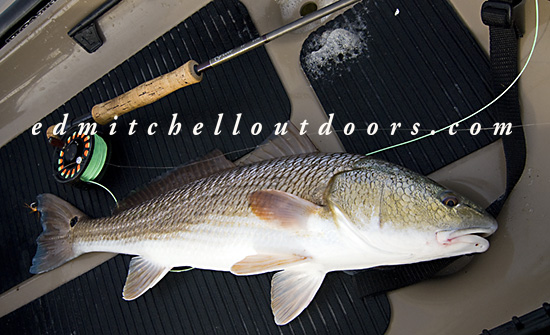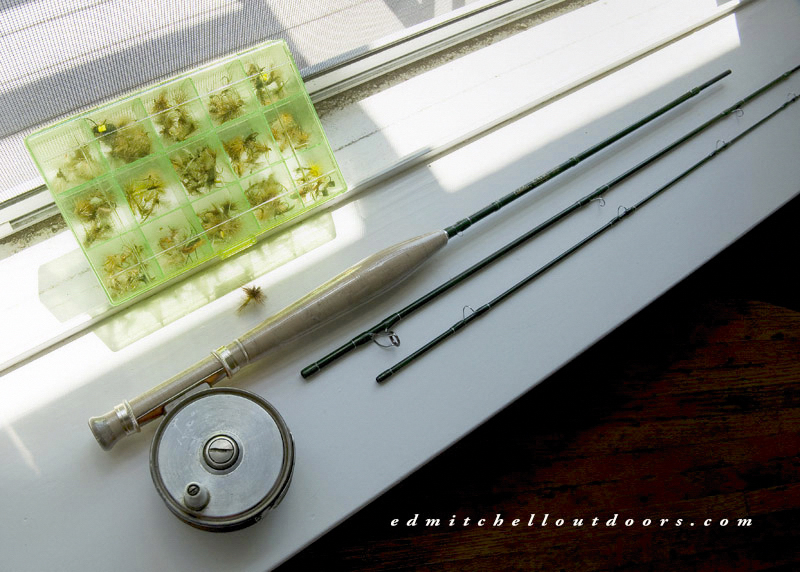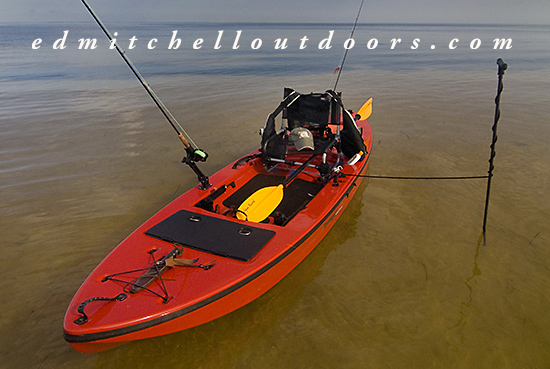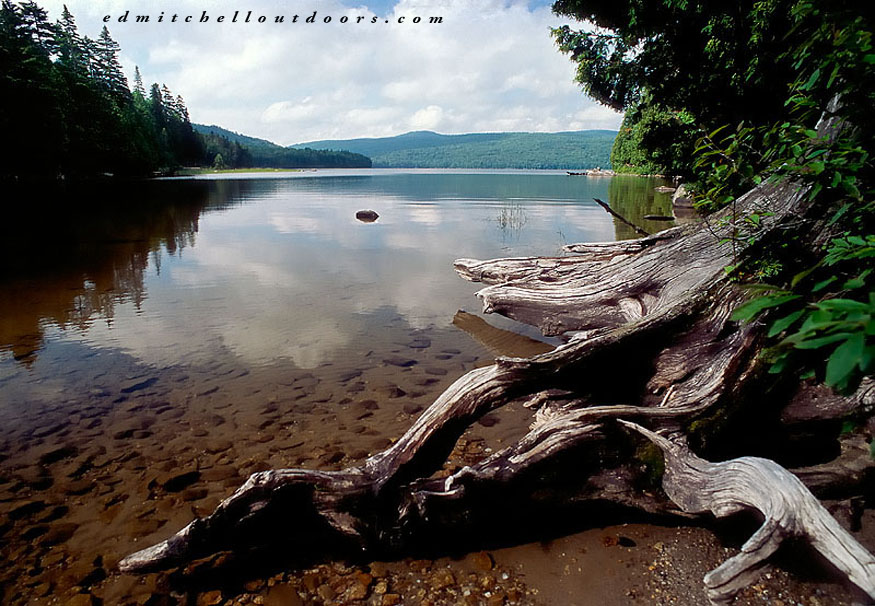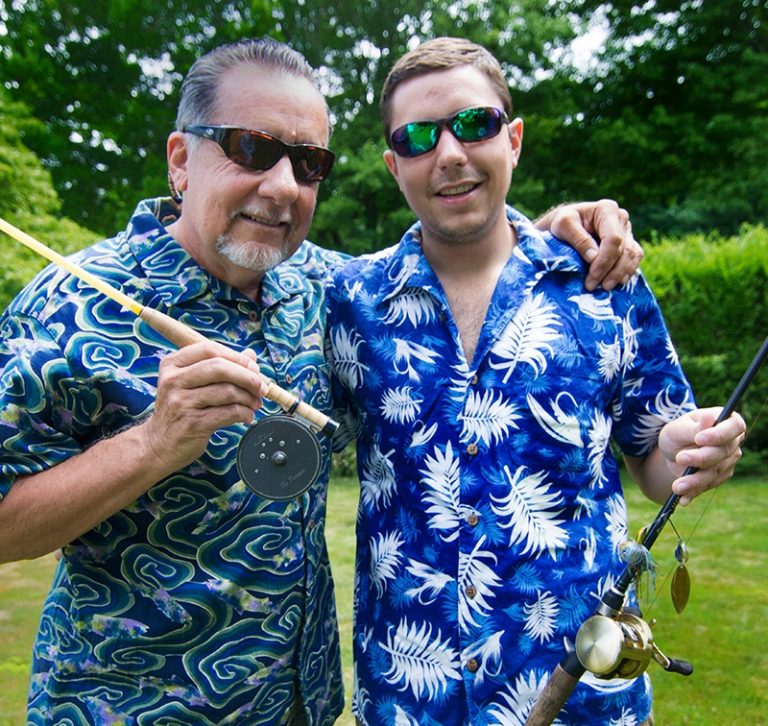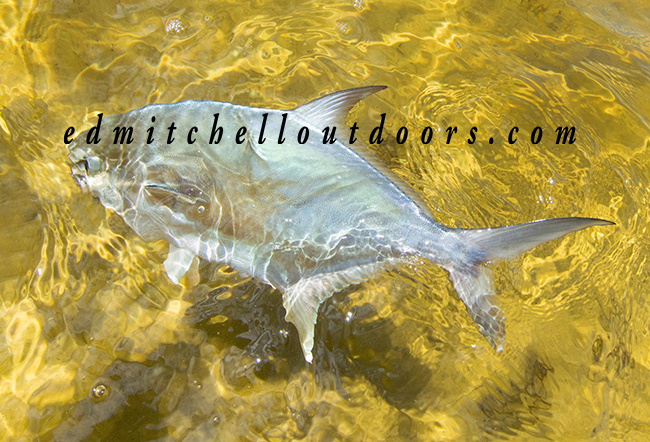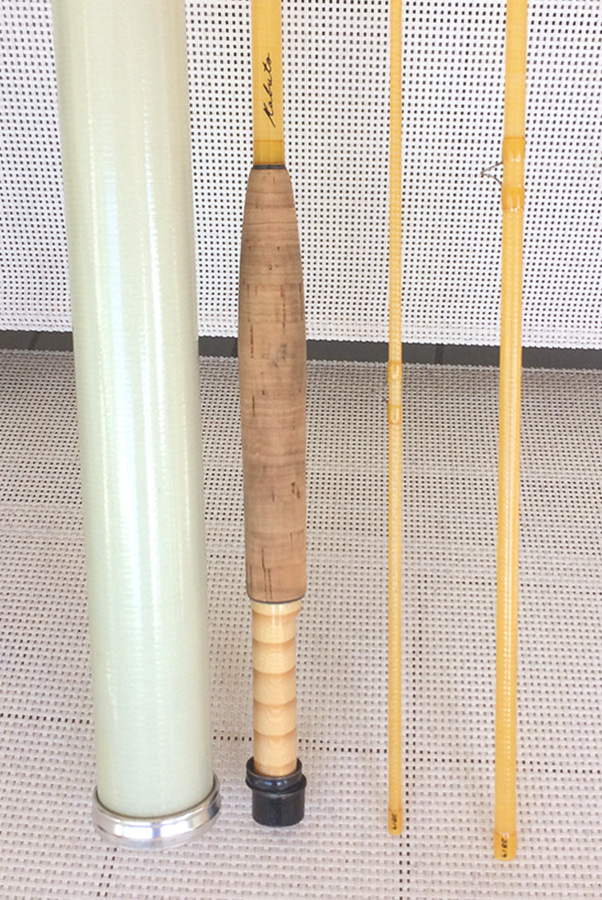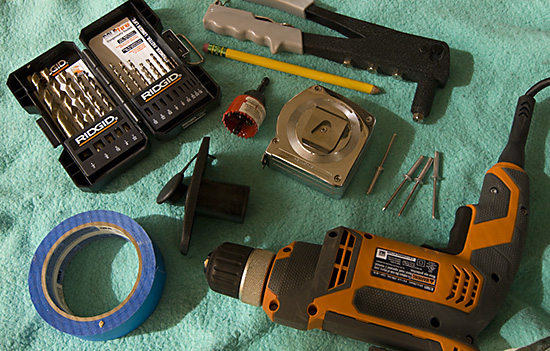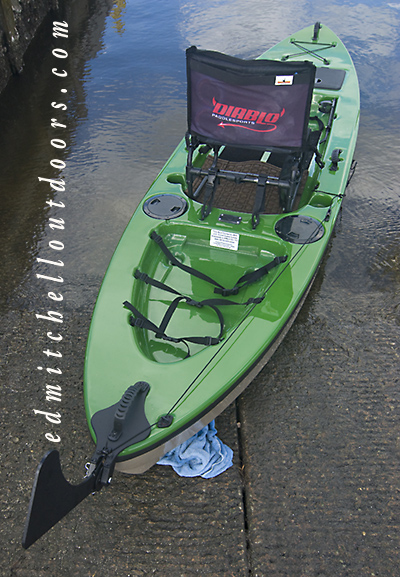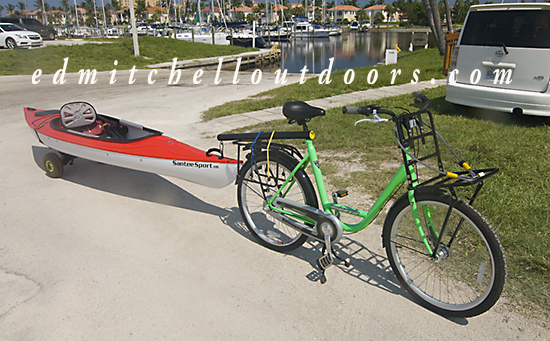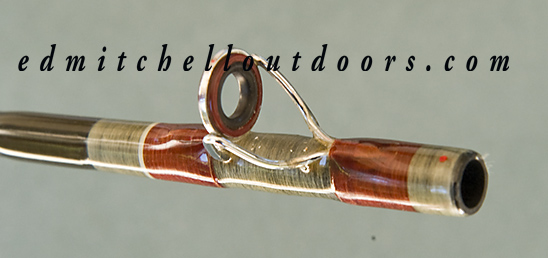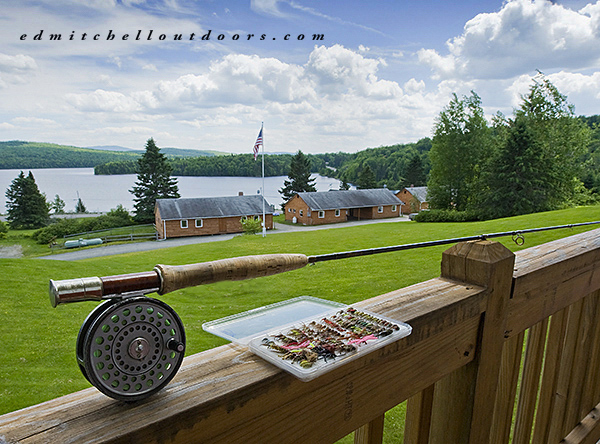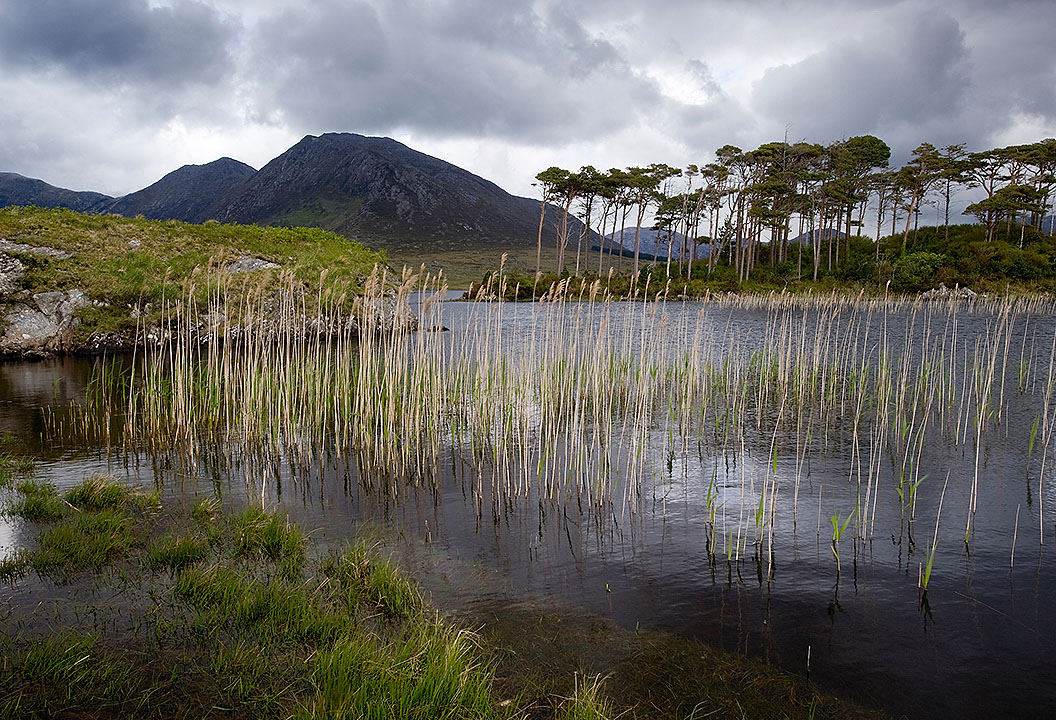Fishing off the Grid: Decided to do a little fishing off the grid..that’s right amigo, no cell phone, no land line, no web, just good, old fashion peace and quiet. Remember that? So at the start of the week, my friend Joan and I pointed the car at Lopstick Lodge in Pittsburg, New Hampshire. I’ve been there many times, and always enjoyed it. Hey, live free or die.
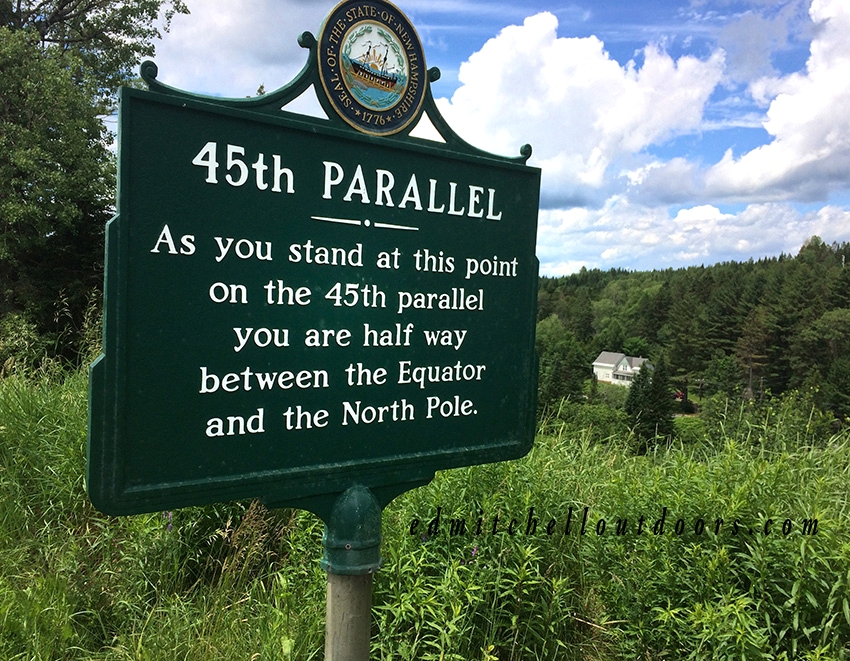
Fishing Off the Grid
Lopstick sits at tip of the Granite State. Yes, its way up north, on the Canadian line. To get there you’ll likely have to cross the 45th parallel. And once you do, you’re closer to Santa Claus than you are to Jimmy Buffet. Now you’re in the Great North Woods, a land of lakes and rivers, forest and mountains, moose and bear. Did I mention there are trout and landlocked salmon as well?
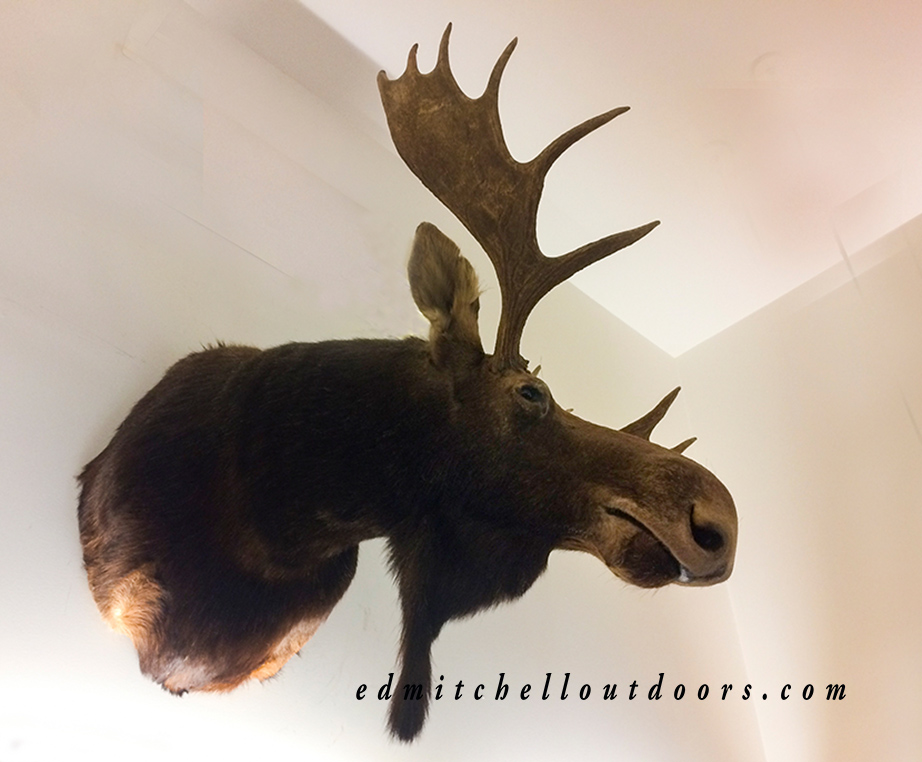
Fishing off the Grid
The cabins perch on a hillside with a scenic view of First Connecticut Lake. Good people, great place to be. You’ll have a wide variety of accommodation from which to choose. Want a small cozy cabin? Need something a tad bigger, say a two bedroom place? Or perhaps you prefer a large comfortable home? Well, take your pick, my friend, and make a reservation. Lopstick has it all including highly experienced guides to make your trip a success.

The Cabins at Lopstick

Cozy Cabin
The upper Connecticut River is a stones throw away. You can practically roll out the door and make a cast. I suggest an 8′ 6″, 4 or 5 weight fly rod. Should work just fine, but it never hurts to bring a rod selection. Frankly I always drag three or four with me. This trip I had a new rod, a 10-foot, 4wt to do some tight-line nymphing. Very effective, that. Hip boots will do, although chest waders are my choice. Both need felt soles, however. Bring your dry fly box, of course, but don’t expect thick hatches. Wets, soft hackles, streamers and nymphs do the yeoman’s work. And the lodge has a fly shop where you can learn what’s hot, and what’s not, and then fill your fly box.

Below First Connecticut Lake lies the Trophy Stretch. It’s a tailwater fishery. Cold and clear, the water rumbles from the dam, tumbles through a short, steep gorge and then levels out. For the next 2.5 miles, the river is fly-fishing only. Here the Connecticut winds through deep forest, the river narrow, and rarely very deep. Along the way, expect willing rainbow trout to occupy every twist and turn. They’re numerous, brightly colored, although small for the most part. Still, big “bows” are hiding here too. Keep casting and you’ll find them. Brown trout, on the other hand, are far less common, but grow to prodigious size. Native brookies range from 12″ to 3 pounds. During the cooler months of spring and fall, landlocked salmon lurk here as well, varying from small to good size. They fight like demons.
Okay for now. In the next post, I’ll tell you more about this wonderful place.


